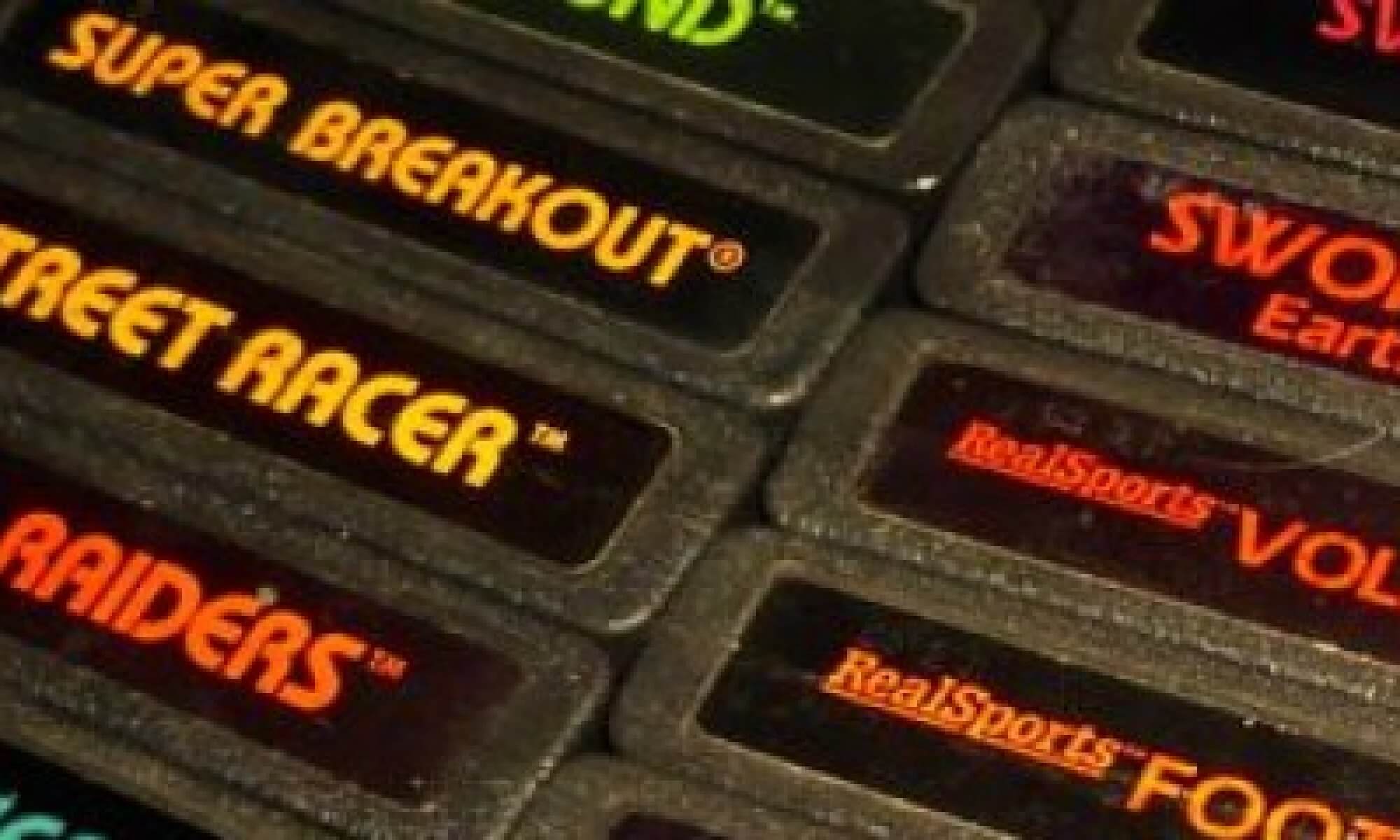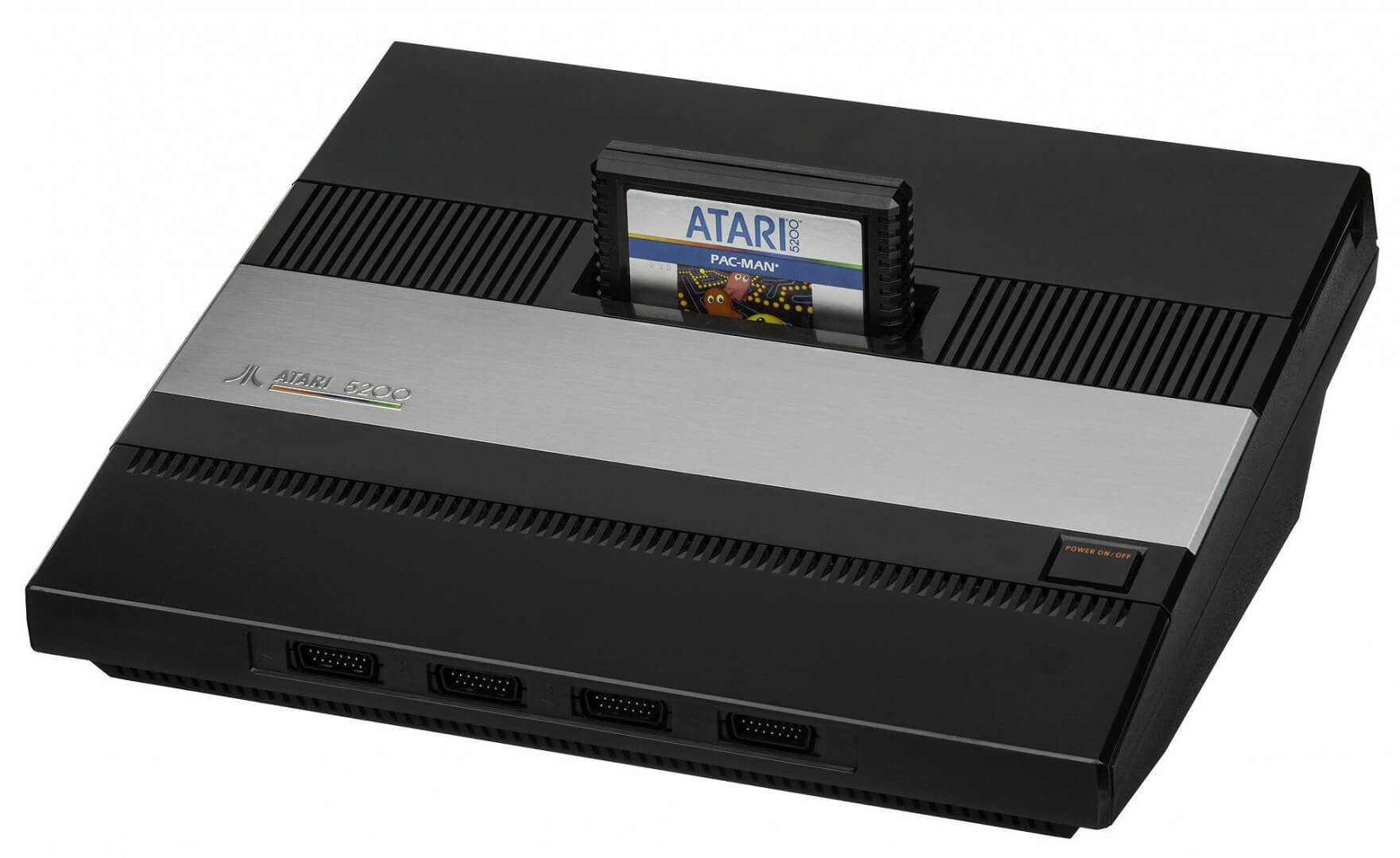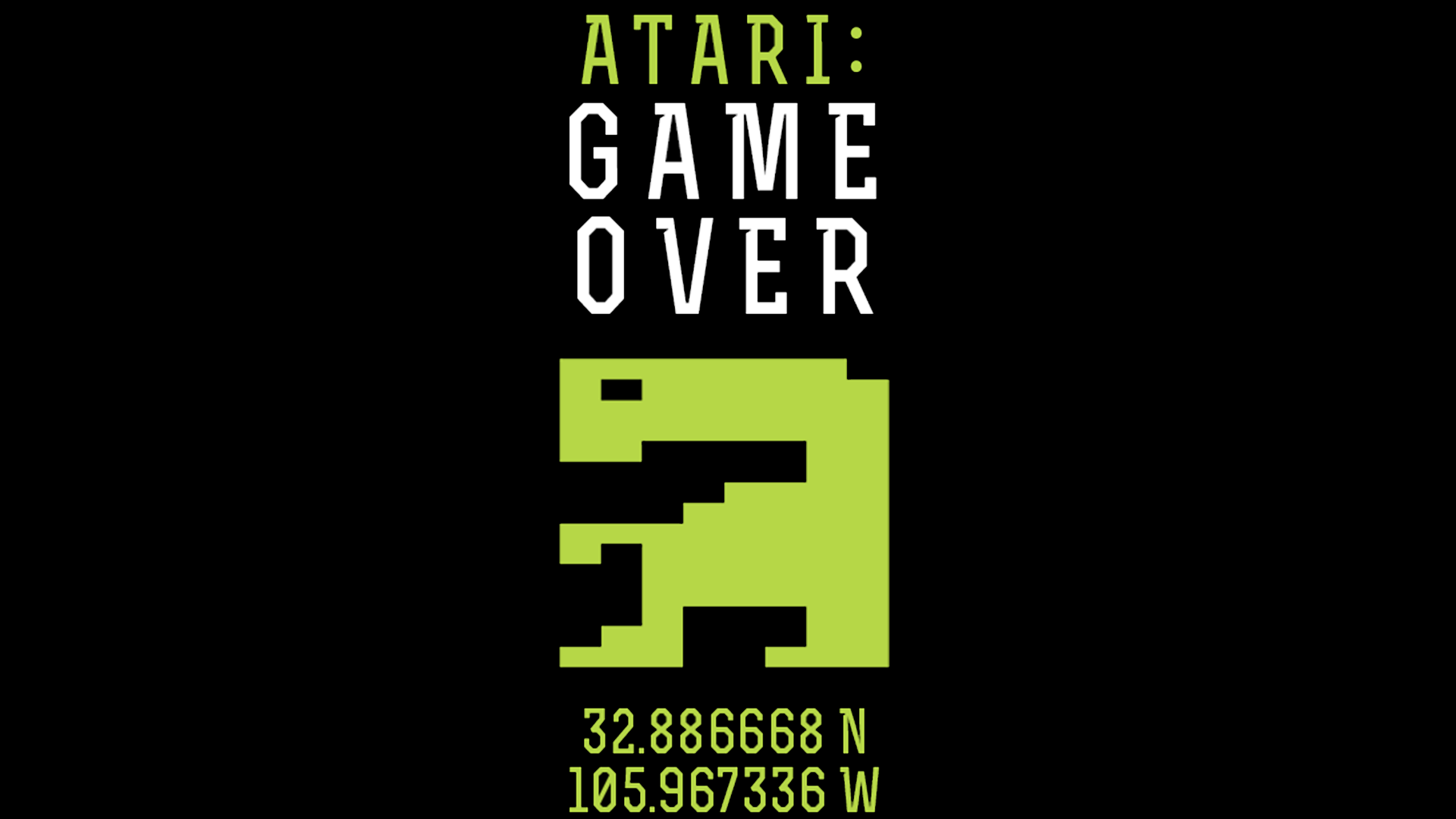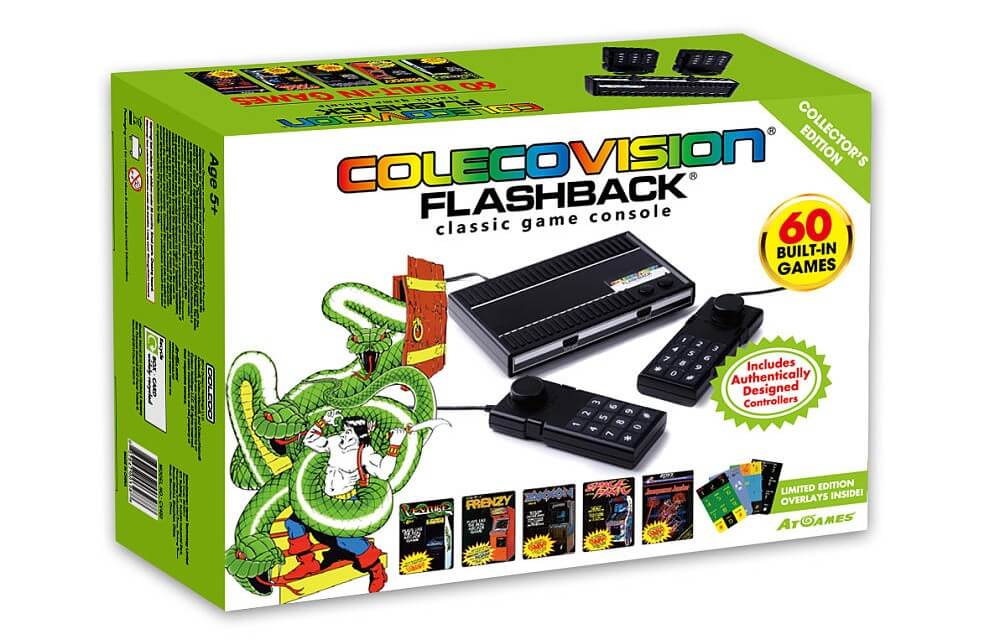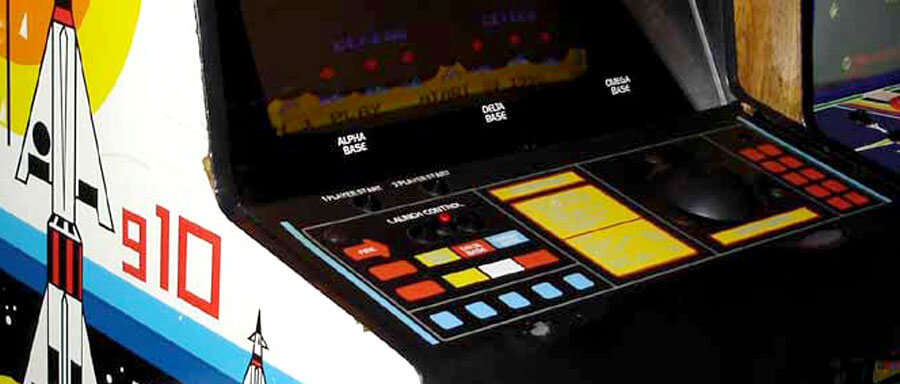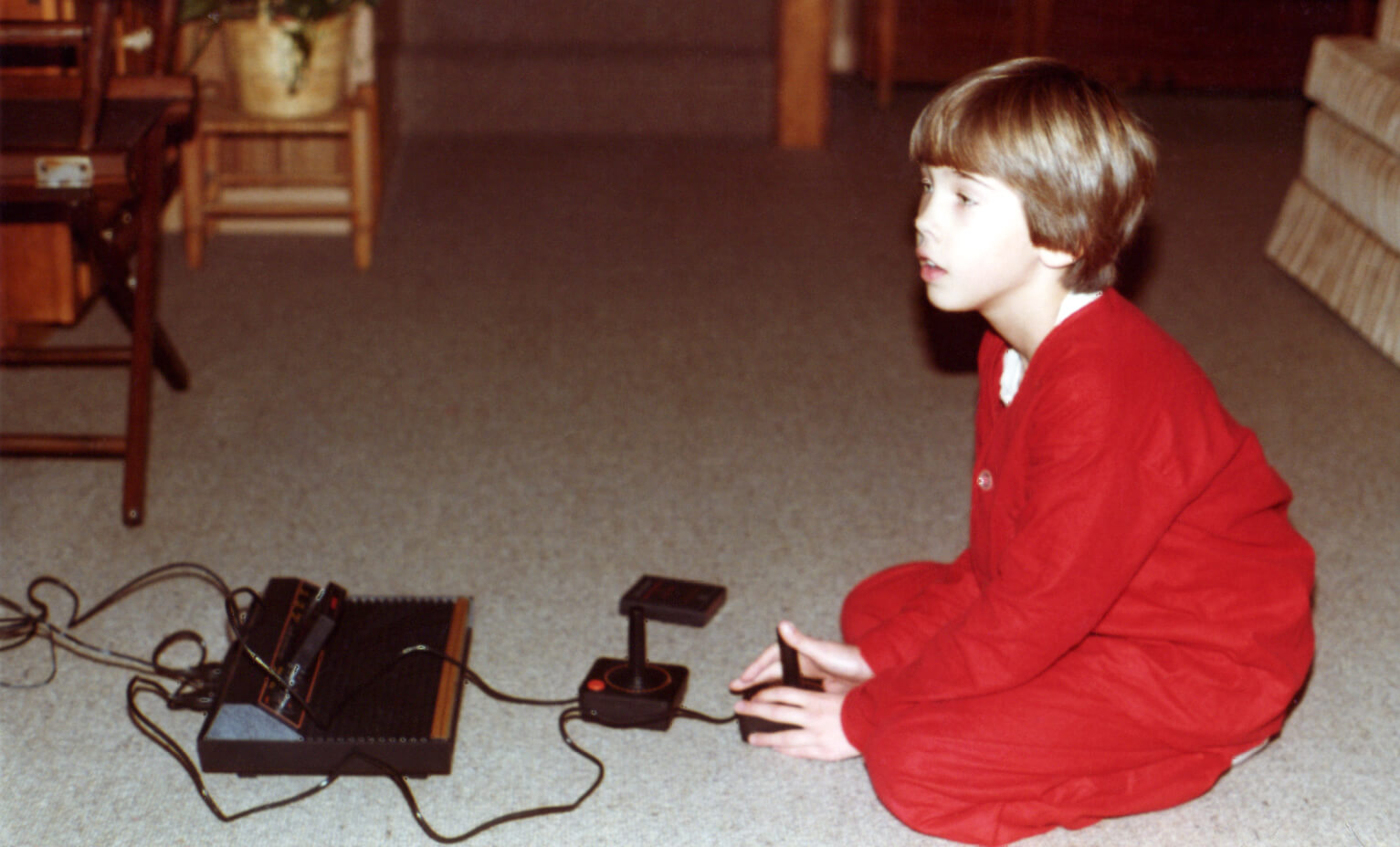Christmas morning, 1980. I must have been a good boy that year, because under the tree was a new Atari 2600 gaming console. Along with the Combat pack-in cartridge and the seminal Space Invaders, I was in gaming heaven. Many fond memories were had, but little did I know at the time that there was something bigger and better around the corner – the Atari 5200. Continue reading “Atari 5200 Let’s Play: START (Part 1)”
Atari: Game Over documentary available for free
One of the enduring video game urban legends is that E.T. The Extra-Terrestrial for the Atari 2600 was singlehandedly responsible for the killing the video games. The game was so bad, it took down the Atari juggernaut and the rest of the industry with it. Supposedly, there were *so* many returned copies of E.T. from disgruntled customers that Atari had to bury millions of cartridges at an undisclosed location in the desert. Or so the legend goes. Continue reading “Atari: Game Over documentary available for free”
Colecovision and Intellivision Flashback consoles coming this fall
The ColecoVision and Intellivision Flashback consoles headline AtGames’ Fall 2014 lineup, which will be available this October at Toys R’ Us, Dollar General, Sams Club, and other retailers. While the ColecoVision and Intellivision never achieved the popularity of the Atari 2600 or the Nintendo Entertainment System, they each sold millions of units and are still beloved by many. Continue reading “Colecovision and Intellivision Flashback consoles coming this fall”
Dreaming of Missile Command
The Polygon has published a great retrospective on the arcade classic Missile Command and it’s creator Dave Thurer – a game inspired by, and the inspiration for, nightmares of nuclear armageddon.
While I had experienced the arcade version of Missile Command (1980) at the local movie theater, my definitive version was the Atari 2600 port. It was the first cartridge I purchased with my own money – a big deal for a kid who hadn’t reached double digits yet.
I spent hours upon hours playing it, taking down the incoming missiles as they approached faster and faster. While there were limitations compared to the original – only one missile base, fewer enemy types, no trackball – it is one of the more faithful 2600 arcade ports.
At this point in my life, I was still trying to convince my family to partake in my burgeoning video game hobby. My brother was too young, and my mom had absolutely no interest. Though my dad would play with me occasionally – he enjoyed Galaga, and join in for a round of Combat with me from time to time.
I remember watching him play Missile Command in our living room, but after a while he said he was done. While I don’t remember his exact words, he conveyed a sense of unease with the game’s premise – probably for the same reason the game haunted the dreams of its creator. While I may have known that “Russia” was something to be feared, the concept of nuclear war was not something I was capable of grasping at my young age.
For me it was just a fun, albeit tense, video game. For baby boomers who grew up under the specter of mutually assured destruction, Missile Command was less a game and more a bad dream come to life.
PLAY Missile Command for free (Atari’s Greatest Hits iOS/Android App)
–
Atari’s Greatest Hits – 100 free games, today only!
 As part of their 40th Anniversary celebration, Atari is giving away their Greatest Hits collection (iOS) for free, today only. That’s 100 classics (and quite a few not-so-classics), normally $9.99 as an in-app purchase.
As part of their 40th Anniversary celebration, Atari is giving away their Greatest Hits collection (iOS) for free, today only. That’s 100 classics (and quite a few not-so-classics), normally $9.99 as an in-app purchase.
Download the app from the iTunes store, then launch the app and download the games.
The catch is, once you delete the app from your device, the games are gone as well, unlike normal in-app purchases.
There’s also an Android version of the app, but I can’t tell if the free games are available on that platform or not.
Atari is also giving some swag away via a Facebook sweepstakes.
The Atari 2600 celebrates 30 years of low-rez fun
As my 35th birthday approaches, an old friend is celebrating 30 years… the Atari 2600! Retro Thing is doing an “Atari Week” feature, with several pieces about the first device that defined “video game” for Generation X:
The Atari 2600’s impact upon the gaming world was immense. No less than eight variations were produced over its stunning 14 year lifespan, along with three Sears-branded models and over a dozen clones. The system sold in excess of 40 million units, and AtariAge lists well over 1300 different game titles. This is all the more incredible because the system was envisioned to have only a two or three year lifespan before being replaced by something more sophisticated. That day never came. Even though Atari made repeated attempts to surpass their initial design, the 2600 remained the pinnacle of the company’s console gaming success.
I have many warm (and a bit fuzzy) memories of the 2600:
- Begging my parents to drop me off early at my piano teacher’s home so I could play her son’s 2600 before I had one of my own.
- The hilarity of Basketball’s square ball.
- Being awed by the ability to play Space Invaders without having to drop a quarter at the arcade. (and the syncopated rhythm when there’s only four attackers left)
- Finally getting an Atari of my own for Christmas. Thanks..uhh… Santa!
- Staying up all night at a friend’s house to beat Raiders of the Lost Ark.
- Playing, enjoying, and beating E.T., years before the internet told me I was supposed to hate it because it was the “worst game ever.“
- Checking out my friends’ latest acquisitions each Saturday at the Cub Scout meeting. Including Journey Escape – Now THAT game was a stinker.
- …and finally giving it up for the Commodore 64 a few years later. [links to an archive of my C64 site from several years ago]
The Atari 2600 seems so quaint in comparison to what we have today, but it was capable of some truly amazing things given it’s limitations. It had a meager 128 bytes of memory – to put that in perspective, this blog post alone is 20 times that. Your average home computer today with a gigabyte of memory can hold over 8 million times that amount. The ability to create anything with those limitations, let alone some of the classics that were produced for the 2600, is nothing short of incredible.
